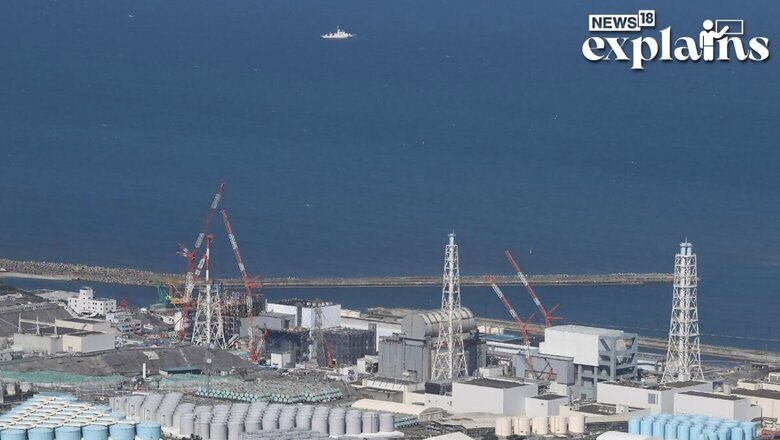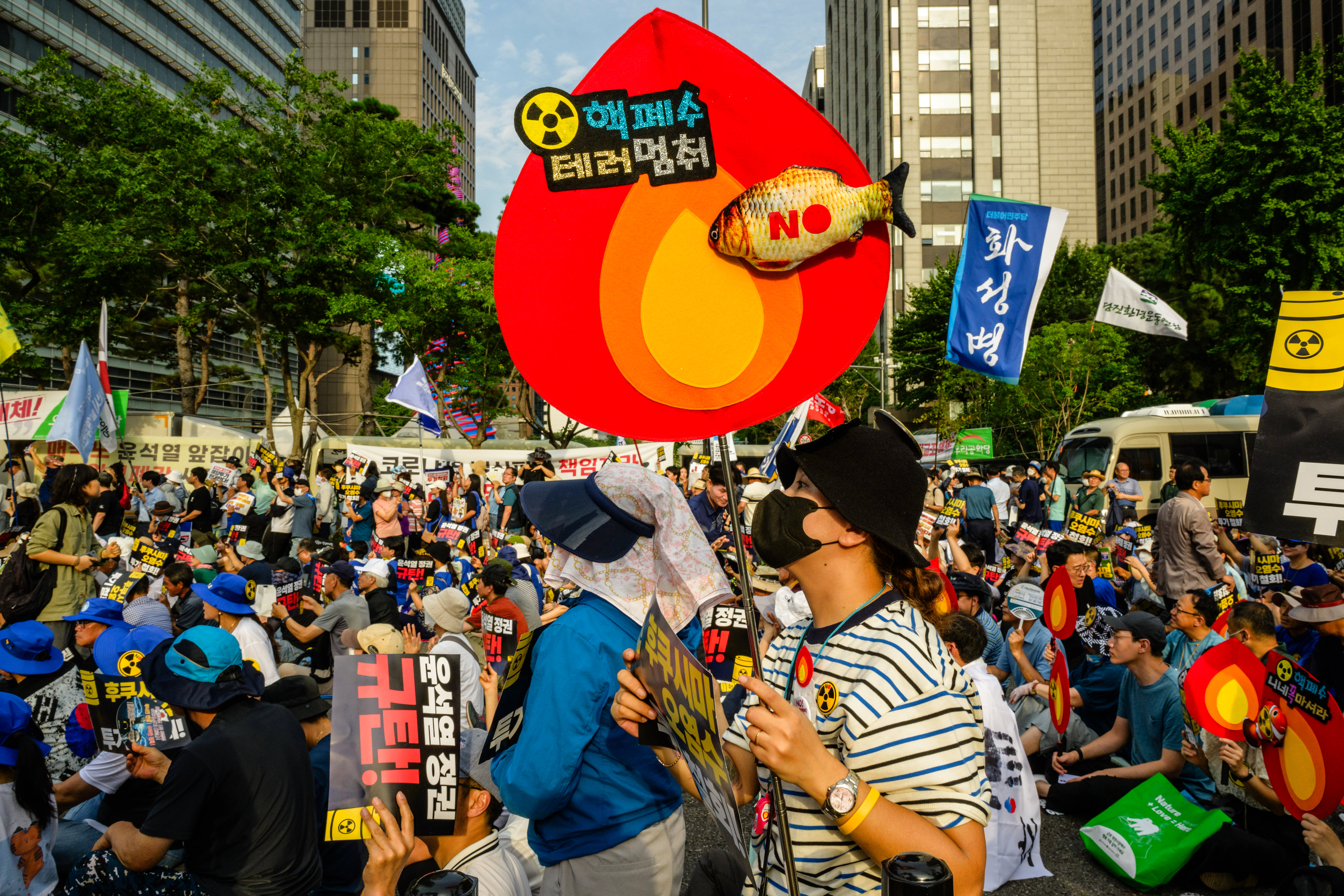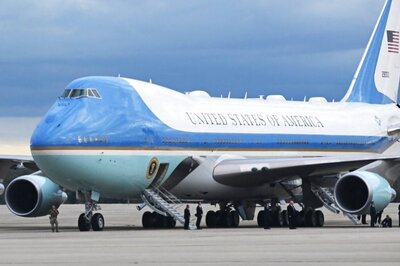
views
Japan is releasing wastewater from the crippled Fukushima power plant into the Pacific Ocean- prompting strong protests from neighbouring China and South Korea.
Japan discharged around 1.34 million tonnes of treated radioactive water, collected on-site in the 12 years since the plant was swamped by a tsunami. The move has led China imposing a ban on Japanese seafood and protests in South Korea.
Tokyo has reiterated that the wastewater is treated and will be harmless, a position backed by UN atomic watchdog the International Atomic Energy Agency (IAEA).
Why is Japan Releasing the Water?
A magnitude 9.0 quake on March 11, 2011, triggered a massive tsunami that destroyed the plant’s power supply and cooling systems, causing three reactors to melt and spew large amounts of radiation. Highly contaminated cooling water applied to the damaged reactors has leaked continuously into building basements and mixed with groundwater.
Around 100,000 litres of water, contaminated by cooling the plant’s wrecked reactors plus groundwater and rain seeping in, is collected at the site in northeastern Japan every day. Some 1.34 million tonnes, equivalent to almost 540 Olympic pools, are now stored in around a thousand steel containers at the seaside site, and now there is no more space, authorities say.

Japan decided in 2021, after years of discussion, that it would release at most around 500,000 litres per day into the sea via a pipe one kilometre long. The discharge will take around 30 years to complete. The release on Thursday was the first of four scheduled between now and the end of March.
But why it is Controversial
Plant operator TEPCO says that a special filtering system called ALPS has removed all radioactive elements, including caesium and strontium, except tritium. TEPCO has said the water is diluted to reduce radioactivity levels to 1,500 becquerels per litre (Bq/L), far below the national safety standard of 60,000 Bq/L.
The International Atomic Energy Agency has backed the discharge saying that the samples taken from the first batch of diluted water prepared for discharge showed that tritium levels were well within safe limits.
However, there is a controversy over a radioactive element of hydrogen called tritium, which can’t be removed from the contaminated water because there is no technology to do it. Instead, the water is diluted, according to BBC.
However, according to Tony Hooker, nuclear expert from the University of Adelaide, the level of tritium is well below the World Health Organization drinking water limit of 10,000 Bq/L.
“Tritium is regularly released from nuclear power facilities into waterways worldwide,” Hooker reportedly said.
Which Countries are Protesting?
China has strongly criticised the release and banned Japanese seafood imports and expressed doubts on the expert assessments saying there was no harm to the environment. China had proposed vaporising the water and releasing the steam into the atmosphere instead.
China’s Pacific allies, from Solomon Islands’ government to Fiji’s opposition, also echoed Beijing’s criticism of Japan. Solomons’ Prime Minister Manasseh Sogavare issued a “strong statement against Japan’s decision”. The water release, he said, “has an impact on our people, ocean, economy and livelihood.”
In South Korea, protesters gathered in capital Seoul on Saturday to demand that the government take steps to avoid what they fear is a looming disaster from Japan’s release of treated radioactive water. About 50,000 people joined the protest as the activists said that all possible impacts of the discharge have not been studied.
There was a similar message in the Fijian capital Suva on Friday, where a rare protest attracted hundreds. Demonstrators carried placards saying “Nuclear-free sea!” and “Pacific Lives Matter”.
(With inputs from agencies)




















Comments
0 comment